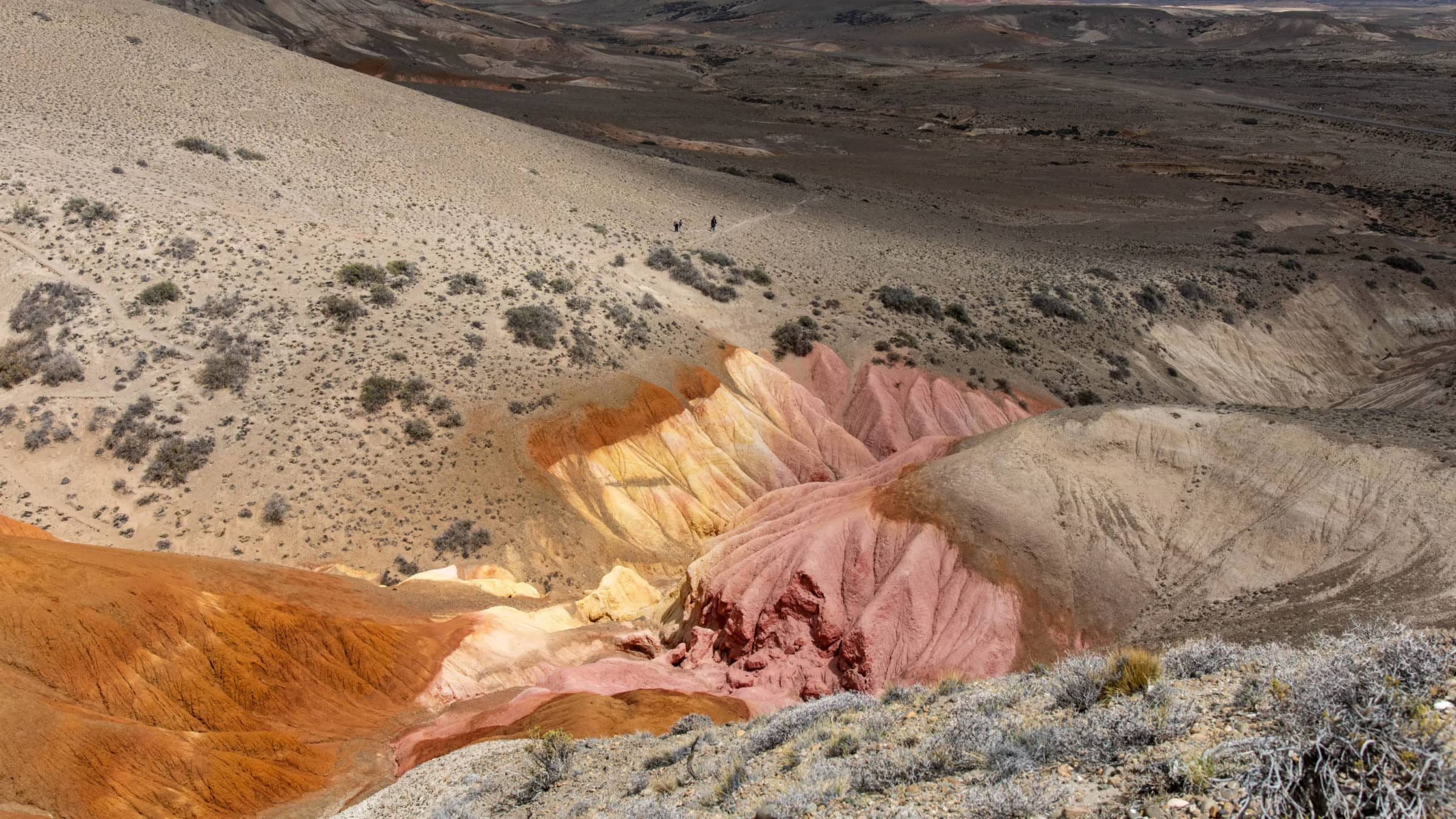National Geographic: Inside the newest park in Argentine Patagonia

Hidden beneath an overhang on steep cliff walls above the Pinturas River Canyon are more than 800 stencilled handprints and painted images of animals. Nobody fully understands why Patagonia’s nomadic hunter-gatherers crafted the graffiti, but we do know they were created around 9,300 years ago using mineral pigments mixed with blood and fat, and that they provide a glimpse of early life in the glacier-carved province of Santa Cruz.
Declared a UNESCO World Heritage Site in 1999, Cueva de las Manos (The Cave of Hands) is a highlight of Patagonia Park, a collection of newly expanded conservation areas in the remote, sparsely populated region. It took me five-and-a-half hours to drive here from the nearest airport, in Comodoro Rivadavia, cruising along empty roads in a landscape of seemingly endless steppe.
Santa Cruz is a place for adventurers and pioneers. In the early 20th century, it attracted hundreds of Europeans fleeing the First World War, hoping to start a new life as sheep ranchers. The eruption of Chile’s Mount Hudson volcano in 1991 ended the dream for many of their descendants, forcing them to abandon their businesses. Since 2012, several of their former farms have been absorbed into Patagonia Park, largely through the work of Rewilding Argentina, a Tompkins Conservation’s offspring organisation, founded by American philanthropists Kris and Doug Tompkins, the foundation raises funds to purchase and restore land, with a view to eventually donating it to the government.

